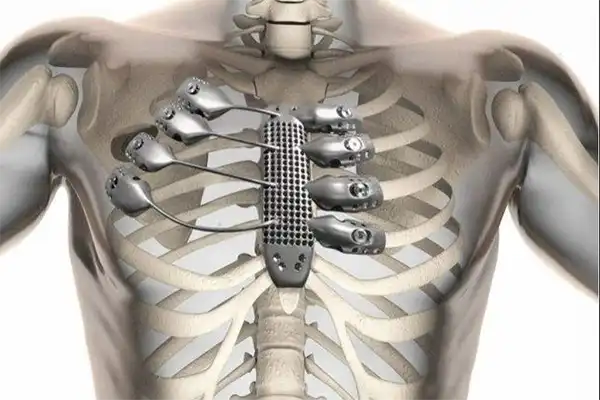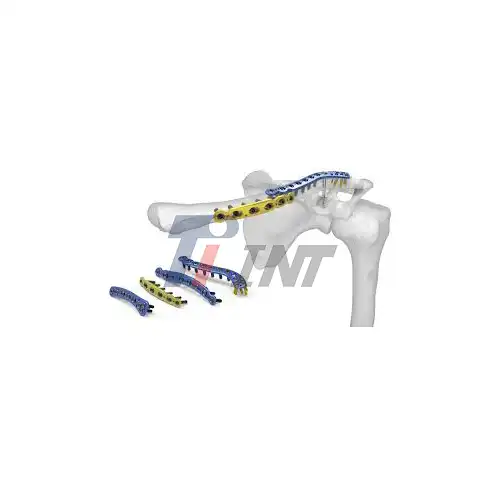Titanium Metal: Pioneering Innovations in Biomedical Applications
 2024-10-11 16:50:55
2024-10-11 16:50:55
In the expansive field of biomedicine, titanium metal has long played a crucial role, owing to its unique physical and chemical properties. Among the most commonly used titanium alloys, Ti-6Al-4V and Ti-6Al-4V ELI once reigned as the go-to materials for medical implants. However, as research has progressed, concerns have emerged over the potential health risks posed by the vanadium element in these alloys. Although no regulatory bodies have officially prohibited its use, the application of Ti-6Al-4V alloys in the biomedical sector has seen a noticeable decline.

In response to these concerns, research teams around the world have embarked on the development of new titanium alloys specifically for medical use. Scientists in Switzerland made an early breakthrough by creating the Ti-6Al-7Nb alloy, which has since been successfully applied in clinical settings. In China, a collaboration between the Beijing Nonferrous Metals Research Institute and Baoji Nonferrous Metals Processing Plant led to the development of a vanadium-free medical titanium alloy. This innovation passed rigorous clinical trials and was awarded the First Prize for Scientific and Technological Progress in Nonferrous Metals by China in 2001, marking a significant achievement in the field of medical titanium alloys.
Not to be outdone, research teams from countries like Germany and India have also made substantial progress, introducing new medical titanium alloys such as Ti-5Al-2.5Fe, Ti-5Al-1.5B, and Ti-15Mo-5Zr-3Al. These advancements have not only expanded the range of available materials in biomedicine but also offered patients more diverse treatment options.
As demands for biocompatibility increase, researchers are paying closer attention to the impact of alloying elements on the human body. Studies from the 1990s revealed that aluminum, a common component in titanium alloys, could potentially affect the nervous system and has been linked to Alzheimer's disease. Consequently, the development of non-toxic, biocompatible titanium alloys has become a priority.
In light of these findings, researchers from countries like the United States and Japan have taken the lead in developing new β-titanium alloys, incorporating non-toxic elements such as molybdenum, niobium, tantalum, and zirconium. These alloys not only offer excellent biocompatibility but also exhibit a lower elastic modulus, which more closely matches that of dense human bone. This similarity enhances the stability and comfort of medical implants.
In conclusion, titanium metal is undergoing a significant transformation in its biomedical applications. With the continuous emergence of new medical titanium alloys and advancements in technology, it is clear that titanium will play an even more pivotal role in the future of biomedicine, contributing significantly to the improvement of human health.

_1752644608314.webp)

_1752643437358.webp)
_1750210148763.webp)
_1749195818446.webp)
_1753926673602.jpg)


